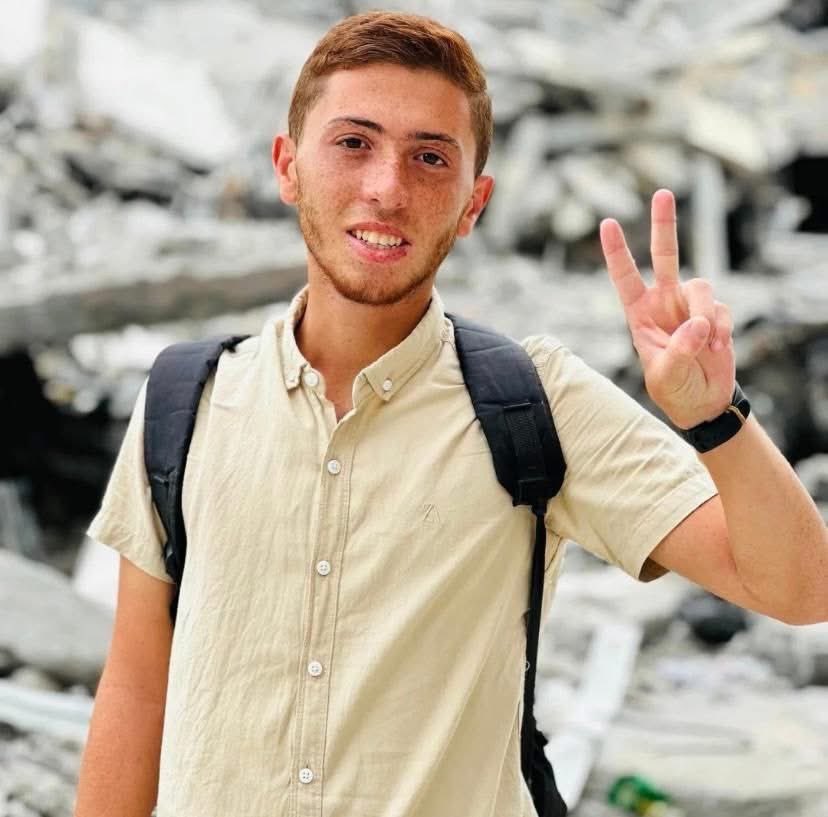Alaa Azzam was a young singer from Gaza whose voice carried the pain, hope, and resilience of his people. Through videos of himself singing and reciting verses from the Quran, he painted a powerful picture of life under siege. His melodies became a form of resistance, a way to preserve beauty and faith amid the devastation that engulfed his homeland.
Alaa wasn’t just another voice in a war-torn city—he was a symbol of youthful determination, an artist who chose to create rather than collapse in despair. His music reached beyond Gaza’s borders, touching the hearts of those who listened. He sang not only for himself but for his family, his neighbors, and everyone around him living through unimaginable hardship. Each note he sang, each verse he recited, became a lifeline—a way to say “we are still here,” even as bombs fell and the world looked away.
Tragically, Alaa’s life was cut short during an airstrike in Gaza City. He died alongside many members of his family. The loss was not just personal to those who knew and loved him; it was collective. It represented the silencing of yet another voice that had chosen expression over silence, faith over fear, and art over anger.
Alaa’s death is not an isolated tragedy. Since late 2023, many Palestinian artists—singers, poets, painters, filmmakers—have been killed during the ongoing bombardment. These were individuals who used their talents to document life, to inspire resilience, and to preserve culture in the face of annihilation. Each life lost is a cultural wound. Each artist silenced is a library burned, a song unsung, a story never told.
Despite the overwhelming circumstances, Alaa’s spirit remains. His videos, still circulating online, continue to resonate. His voice, recorded in moments of calm between chaos, carries the weight of a generation growing up in conflict. In one clip, he recites the Quran with deep emotion, his eyes full of sincerity and sadness. In another, he sings of longing, love, and struggle—capturing both the pain and the poetry of life in Gaza.
What Alaa represented cannot be erased by violence. He was part of a vibrant creative community that insisted on living fully even while surrounded by death. The loss of so many young voices like his leaves an unbearable silence, yet their work continues to echo in the hearts of those they inspired. Through Alaa, we are reminded that art is not a luxury—it is a necessity. It is how people hold on to their humanity when everything else is being taken away.
Alaa’s story is a testament to the enduring power of creativity under fire. His songs, his recitations, his presence—though now absent from the world—will remain as lasting imprints on the soul of Gaza and all who believe in the importance of truth, beauty, and resistance through art.

